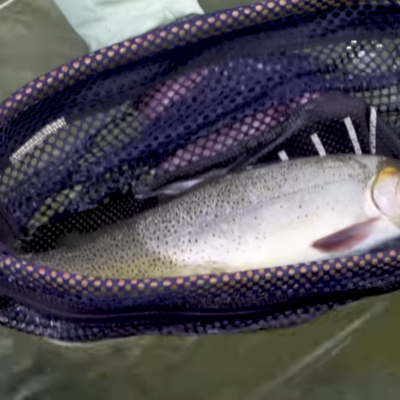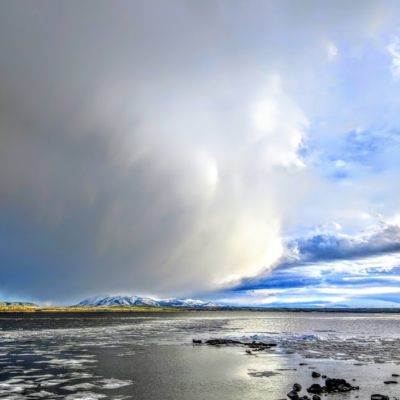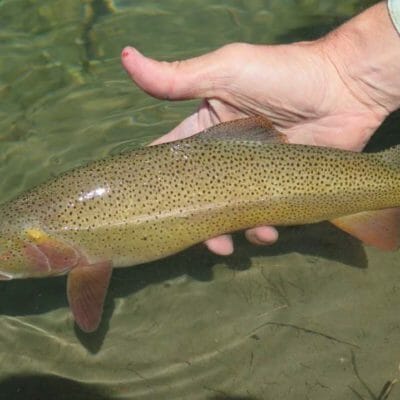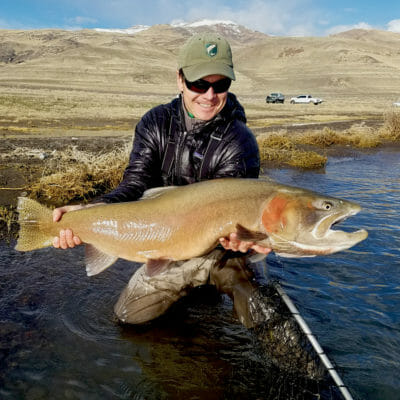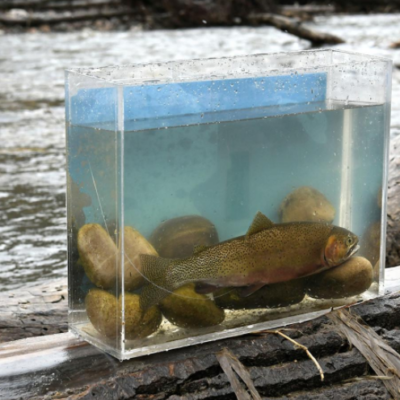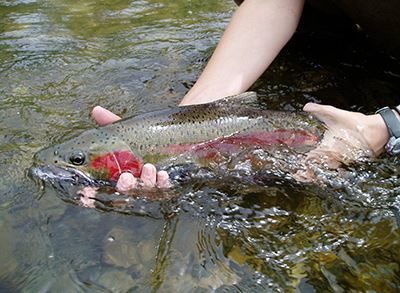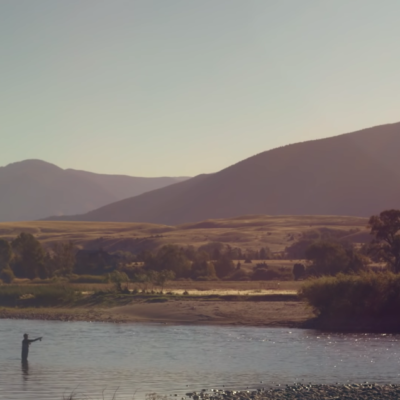Last week, RIO Product’s Simon Gawesworth showed us a great way to swing soft-hackle flies for big-river trout. This week, Simon shows us how to drift a soft-hackle for working trout. There are some notable differences, obviously. First is the technique. When swinging a soft-hackle, you’re interested in line tension and the action of the…
You know spring is taking its time in Yellowstone when ice floes are cruising down the river between Lake Village and Canyon on Memorial Day. It’s just been one of those years—lots of late snow, and, as of Monday, more than a solid week of high-country thunderstorms slowed spring to a crawl. Rain gave way…
A Snake River fine-spotted cutthroat trout. Cutthroat trout today occupy less than 10 percent of their native habitat, and the waters where they do persist are largely headwater streams that could impacted by the EPA’s decision to gut the Clean Water Rule. If the fly fishing media didn’t cover the issue, many anglers wouldn’t know…
Climate change is a major threat to trout and salmon. Their habitat is quickly changing and there will be a lot less of it in the future. But we still don’t have an understanding of if, or how, these cold-water fish might evolve to adapt to a warmer environment. Identifying the genetic basis for any adaptation is…
Some places race horses. Some greyhounds. In Montana, we’re betting on a group of tagged cutthroat trout as they race their way up the Clark Fork River. The project is a joint venture between Trout Unlimited and Montana Fish, Wildlife and Parks to learn more about how trout use the habitat in Rock Creek. Trout…
What if there was a program encouraging anglers to scour the amazing landscape of the West for elusive and beautiful fish while promoting conservation at the same time? Thanks to the Western Native Trout Initiative, its 12 member states, federal wildlife partners and Trout Unlimited, there now is such a thing. The Western Native Trout…
Sometimes is takes a crisis to spur action. It’s an unfortunate reality—in order to realize that something is dreadfully wrong, something that can’t be ignored must first happen. In the summer of 2017, after a low-snow winter in southwest Montana, thousands of native mountain whitefish went belly up on the Yellowstone River between Gardiner and…
